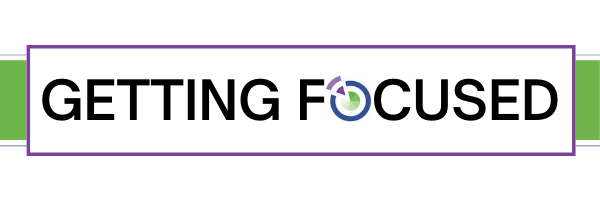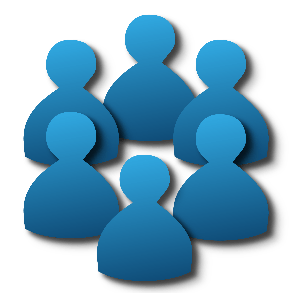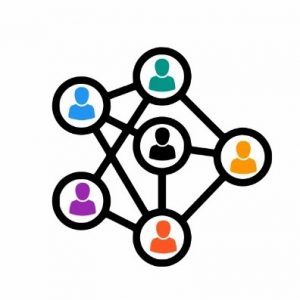One for All and All for One – Team Development

What does strategic team growth look like?
Google fundraising titles or nonprofit development team roles and you’ll discover well more than 30 different focus areas. Some of these include roles in donor stewardship, major gifts, grants, or monthly giving, while others include roles typically found in marketing or programming teams such as community relations, advocacy, data management, or outcomes oversight.
Is it better to look at team growth as a way to fill gaps in your current team, better distribute hours and effort, or reach a new goal? Each of these are viable reasons to grow your team. When thinking strategically about how and when to grow your team, consider your organizational strategic plan and overarching goals. What components of your team are already strengths that can be built upon and increased? What components need additional support? Envision what your team looks like five or eight years in the future and start building your plan to get there.
What resources are needed to make growth sustainable?
Once you’ve identified where you are headed, you’ll need to focus on addressing the resources necessary to get there. Usually money is what first comes to mind., While you might know you have the finances needed to pay someone appropriately, that is not the only consideration. Perhaps the skillset needed already resides within your team, and a realignment of duties is what’s needed. Adding more things to an already full plate, whether yours or a team member’s, is definitely not recommended though.
Once you have decided that you’re able to sustainably support growth, what does that look like? Is it a new team member, intern, outside contractor, collaborator, or something else? What training or professional development is needed for both current and new team members? Do you have the physical office space or technical bandwidth/storage space needed to support their success? Is it something that requires a feasibility study or research?
What structure will help us reach our full potential?
We at RBW Strategy love serving our nonprofit partners. We provide support as additional team members, whether on one-off projects, ongoing growth initiatives, or as leadership-on-loan including for extended periods of transition. Sometimes, however, the best structure for your organization is to build from within or hire ‘rock star nonprofiteers’ to get you to the next level.
As you consider your organization’s growth, is a single fundraising team that also does marketing and communications the best choice? Or does a bit more separation, allowing more defined focus, make sense? What components of diversity, equity, and inclusion (DEI) are you championing to make sure your team exemplifies those you serve? How will you work together to build a strong but diverse team? There are a variety of tools available to help you assess team member strengths, abilities, and propensities. One example is a Kolbe Index assessment that shows how you conceptually approach work and how best to work together as a team.
TAKE ACTION TODAY!
Create a strategy for team development and organizational growth before you’re feeling the pinch. Work toward establishing the resources necessary to support growth and avoid some of the larger growing pains by downloading:
Getting Focused – Team Development Strategies
RBW Strategy can help your organization develop a strategic team development plan. Learn more about our solutions here.



